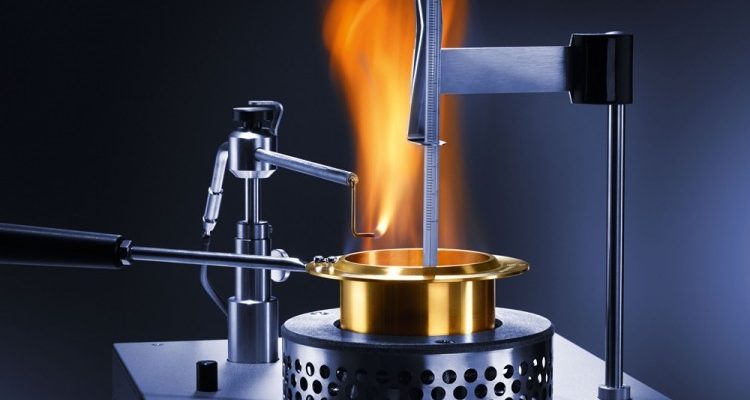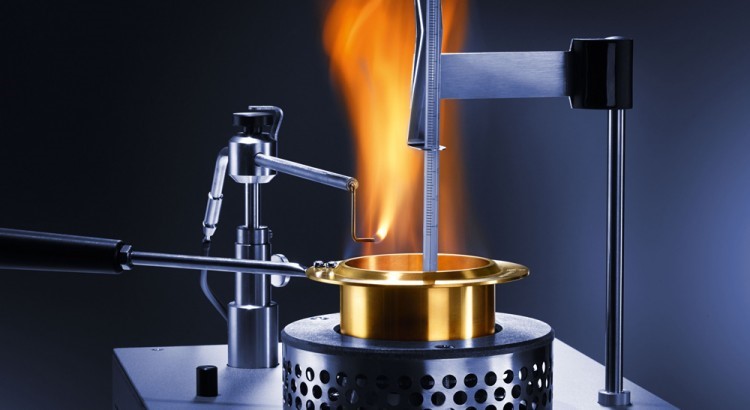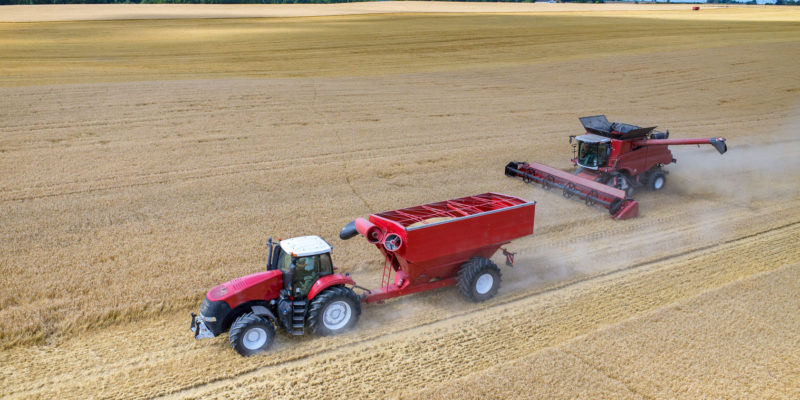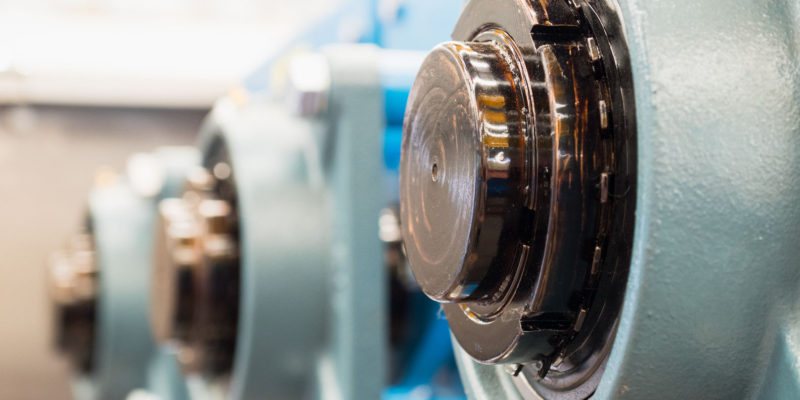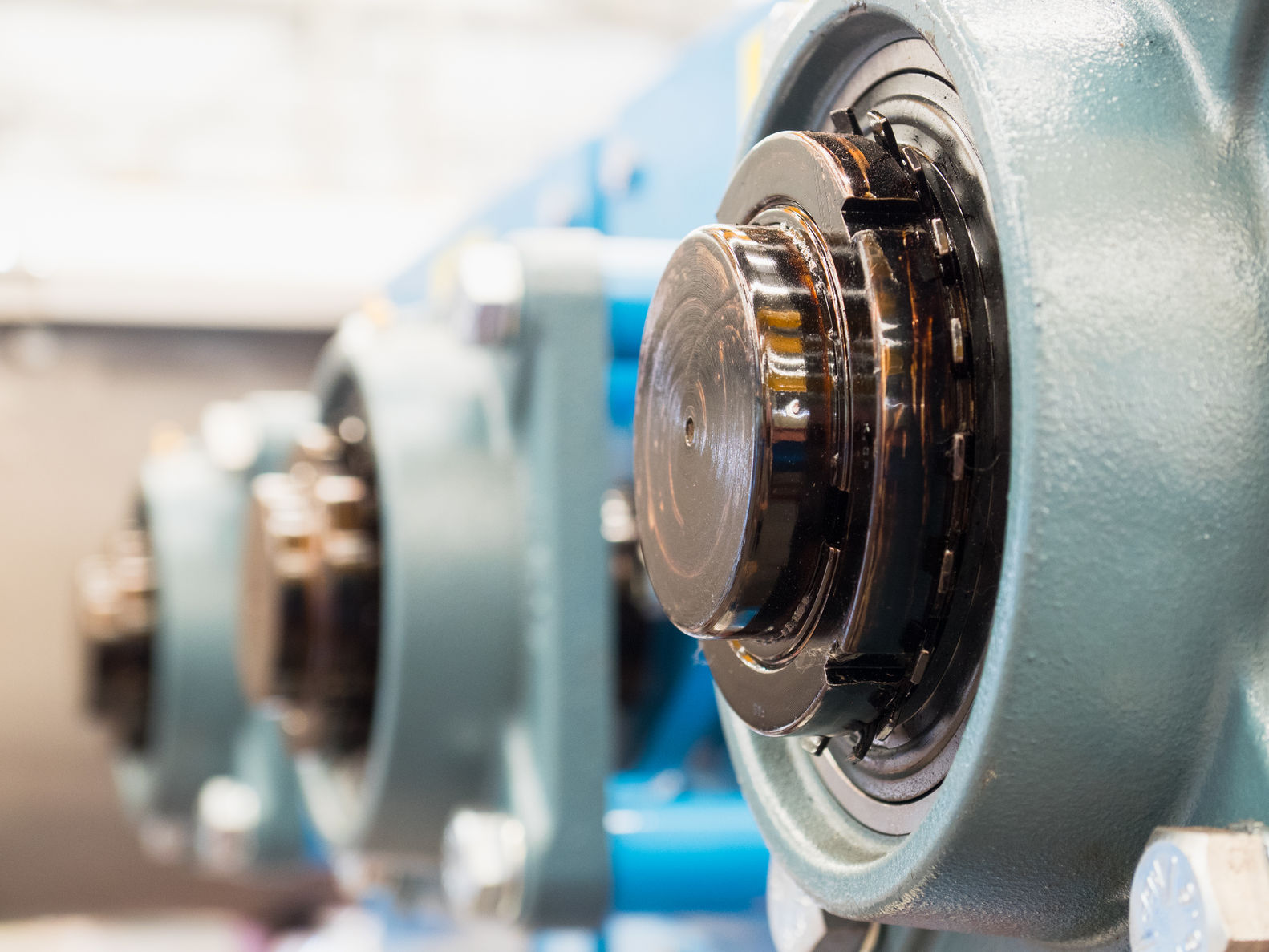This newsletter is in response to feedback from our readers. Following OilChat #13 we have received requests to elaborate on the composition and application of automotive gear oils; API GL-4 and GL-5 in particular. The most frequent question that comes up is “Can GL-5 gear oils be used in vehicles with synchronized manual transmissions?”
Modern high performance automotive gear oils (API GL-4 and GL-5) are formulated with oxidation and rust inhibitors, antifoam agents, pour point improvers and extreme pressure (EP) additives.The most common EP additives are sulfur-phosphorus (S-P) compounds that adhere to metal surfaces through polar attraction.
When subjected to heat and/or pressure (from a collapsing lubricant film) they react chemically with the metal surface to form a tough EP film. In general, the higher the GL rating, the higher the S-P content and the higher the EP protection provided.
Traditionally the engines of motor vehicles were placed in the front with a long driveshaft transmitting power to the wheels at the back – see Figure 1 below. A differential is used to let the power from the driveshaft make a 90 degree turn so it can get to the wheels via the side shafts (axles) – Figure 2. In days gone by vehicles were designed quite high on their wheels and the position of the driveshaft was not an issue. A crown wheel (large gear) and pinion (small gear) are used in the differential to ‘bend’ the power from the driveshaft to the side shafts (Figure 3). In this configuration the axis (center) of the pinion is on the same level as that of the crown wheel. This design, however, became a problem when the height of vehicles was reduced to make them more streamline, since lots of interior space had to be sacrificed to accommodate the driveshaft tunnel – that hump that runs from the front to the rear in the floor of the vehicle. This problem was reduced with the introduction of hypoid differentials where the axis of the pinion is set below the axis of the crown wheel (Figure 4), resulting in a lower driveshaft.

Generally a differential with the axis of the pinion on the same level as that of the crown wheel (Fig 3) will be adequately lubricated by an API GL-4 oil although GL-5 will provide better protection. Today, however, most rear wheel drive vehicles are fitted with hypoid differentials (Fig 4). Because of the increased sliding contact between hypoid gears, their contact pressure is higher and API GL-5 oils are required to lubricate these diffs effectively.
Most API GL-5 oils correctly claim they meet GL-4 requirements but does that make them suitable for synchromesh or synchronized transmissions? The answer is NO! They meet API Gear Oil specifications, not transmission oil requirements. The API GL-4 and GL-5 categories do not mention anything about transmission oil requirements, synchronized transmission in particular.
Synchronized transmissions are fitted with synchronizers to allow light and easy gear shifting and to eliminate that grinding sound, particularly when changing to a lower gear. Synchronizers use friction to match the speed of the components to be engaged during shifting. Slippery lubricants such as GL-5 hypoid gear oils can reduce the friction between the mating synchronizer surfaces and thereby effecting synchronizer operation negatively. In addition, synchronizers are often made of copper alloys. The way in which EP additives work can be disastrous to these ‘soft’ alloys. The S-P may attack the yellow metals chemically, causing synchronizers to fail prematurely.
Another question is why API Category GL-6 is obsolete when it offers protection from gear scoring in excess of that provided by API GL-5 gear oils? To answer this question we need to take a trip down memory lane. Many years ago Ford required improved protection in certain of their pickup trucks and about the same time General Motors introduced a differential with a very high pinion offset.
This necessitated a higher gear oil service category and API GL-6 was developed to provide the greater protection needed. In fact the GM differential was used in the GL-6 test procedure. This level of protection is still claimed by some oil manufacturers, but can no longer be tested since GM have stopped producing these diffs. A shift to more modest pinion offsets and the obsolescence of API GL-6 test equipment have greatly reduced the commercial use of API GL-6 gear lubricants. Nevertheless, some manufacturers of high performance cars still specify this level of EP performance for their vehicles.
The photo on the left shows a brass synchronizer that had been damaged to such an

extent that it no longer “grips” its mating surface. API GL-4 lubricants contain about half the S-P additives of their GL-5 counterparts. This means they do not react with synchronizers quite as aggressively but then they provide less wear protection for transmissions. This nonetheless is not a serious problem since there are no hypoid gear arrangements in synchronized transmissions.
What is then used in the transaxles of front wheel drive vehicles where the transmission and differential are combined in one unit? Oil selection is in

fluenced by the transaxle design:
- Contact surfaces of the gears are big enough to carry the load and less protection is required from the lubricant.
- Most transaxles are designed without hypoid gears.
Another question is why API Category GL-6 is obsolete when it offers protection from gear scoring in excess of that provided by API GL-5 gear oils? To answer this question we need to take a trip down memory lane. Many years ago Ford required improved protection in certain of their pickup trucks and about the same time General Motors introduced a differential with a very high pinion offset. This necessitated a higher gear oil service category and API GL-6 was developed to provide the greater protection needed. In fact the GM differential was used in the GL-6 test procedure. This level of protection is still claimed by some oil manufacturers, but can no longer be tested since GM have stopped producing these diffs. A shift to more modest pinion offsets and the obsolescence of API GL-6 test equipment have greatly reduced the commercial use of API GL-6 gear lubricants. Nevertheless, some manufacturers of high performance cars still specify this level of EP performance for their vehicles.
In addition to API GL specifications, synchronized transmissions and limited slip differentials often have specific frictional requirements and reference should always be made to the equipment manufacturers’ oil recommendations for these units.





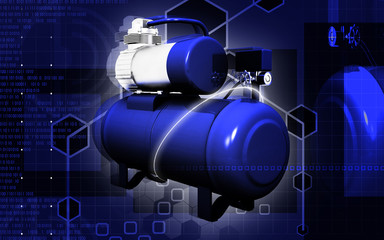
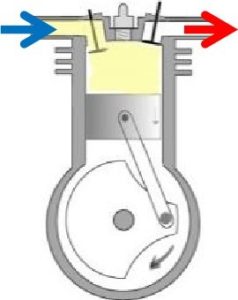 Reciprocating compressors function similarly to a car engine. A piston slides back and forth in a cylinder, which draws in and compresses the air, and then discharges it at a higher pressure. Reciprocating compressors are frequently multiple-stage systems, which means that one cylinder’s discharge will lead into the input side of the next cylinder. This allows for more compression than a single stage. Due to their relatively low cost, reciprocating compressors are probably the most commonly used compressors.
Reciprocating compressors function similarly to a car engine. A piston slides back and forth in a cylinder, which draws in and compresses the air, and then discharges it at a higher pressure. Reciprocating compressors are frequently multiple-stage systems, which means that one cylinder’s discharge will lead into the input side of the next cylinder. This allows for more compression than a single stage. Due to their relatively low cost, reciprocating compressors are probably the most commonly used compressors.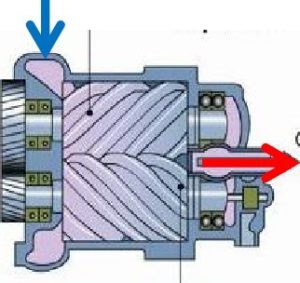 These compressors use two meshing screws (also called rotors) to compress the air. In oil flooded rotary screw compressors, lubricating oil bridges the space between the rotors. This provides a hydraulic seal and transfers mechanical energy between the driving rotor and the driven rotor. Air enters at the suction side, the meshing rotors force it through the compressor, and the compressed air exits at the end of the screws.
These compressors use two meshing screws (also called rotors) to compress the air. In oil flooded rotary screw compressors, lubricating oil bridges the space between the rotors. This provides a hydraulic seal and transfers mechanical energy between the driving rotor and the driven rotor. Air enters at the suction side, the meshing rotors force it through the compressor, and the compressed air exits at the end of the screws.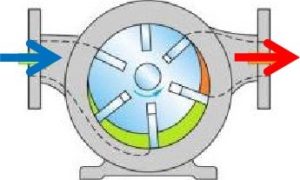 Rotary vane compressors consist of a rotor with a number of blades (vanes) inserted in radial slots in the rotor. The rotor is mounted offset in a housing. As the rotor turns, the blades slide in and out of the slots, keeping contact with the wall of the housing. Thus, a series of increasing and decreasing volumes are created by the rotating blades to compress the air. Centrifugal forces ensure that the vanes are always in close contact with the housing to form an effective seal.
Rotary vane compressors consist of a rotor with a number of blades (vanes) inserted in radial slots in the rotor. The rotor is mounted offset in a housing. As the rotor turns, the blades slide in and out of the slots, keeping contact with the wall of the housing. Thus, a series of increasing and decreasing volumes are created by the rotating blades to compress the air. Centrifugal forces ensure that the vanes are always in close contact with the housing to form an effective seal.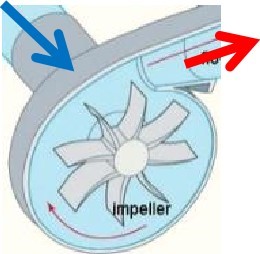 A rotating impeller in a shaped housing is used to force the air to the rim of the impeller, increasing the velocity of the air. A diffuser (divergent duct) section converts the velocity energy to pressure energy. Radial compressors are primarily used to compress air and gasses in stationary industrial applications.
A rotating impeller in a shaped housing is used to force the air to the rim of the impeller, increasing the velocity of the air. A diffuser (divergent duct) section converts the velocity energy to pressure energy. Radial compressors are primarily used to compress air and gasses in stationary industrial applications.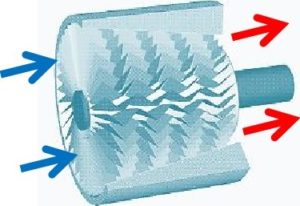 These compressors use fanlike airfoils (also known as blades or vanes) to compress air or gas. The airfoils are set in rows, usually as pairs, one rotating and one stationary. The rotating airfoils (rotors) accelerate the air. The stationary airfoils (stators) redirect the flow direction, preparing it for the rotor blades of the next stage. Axial compressors are normally used where very high flow rates are required. By nature of their design, axial flow compressors are almost always multi-stage.
These compressors use fanlike airfoils (also known as blades or vanes) to compress air or gas. The airfoils are set in rows, usually as pairs, one rotating and one stationary. The rotating airfoils (rotors) accelerate the air. The stationary airfoils (stators) redirect the flow direction, preparing it for the rotor blades of the next stage. Axial compressors are normally used where very high flow rates are required. By nature of their design, axial flow compressors are almost always multi-stage.
